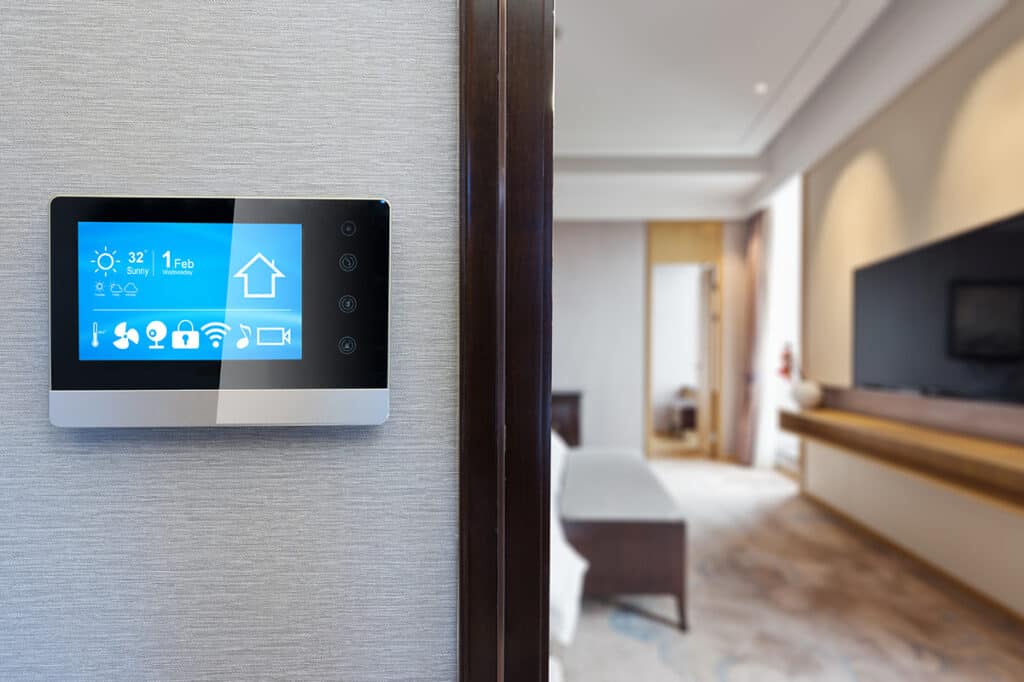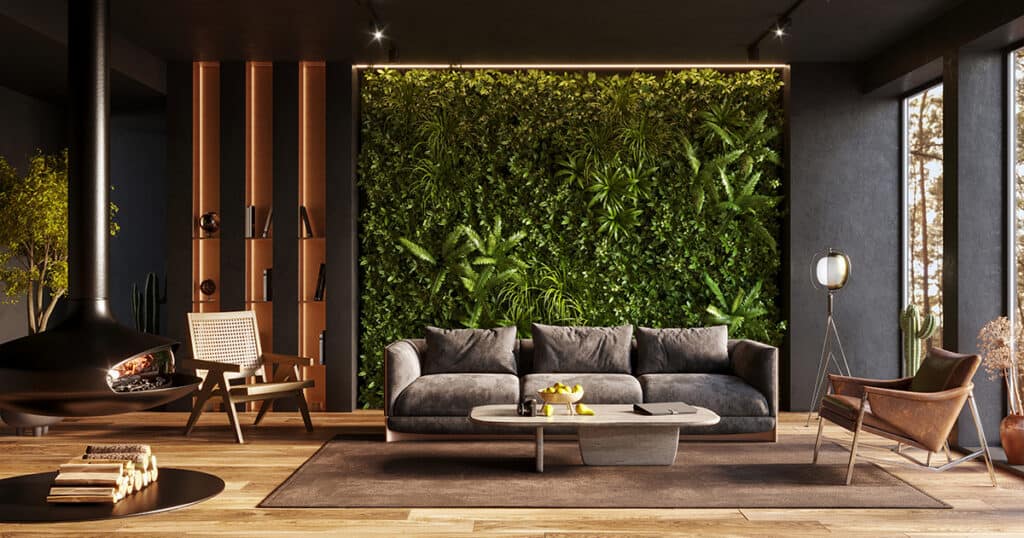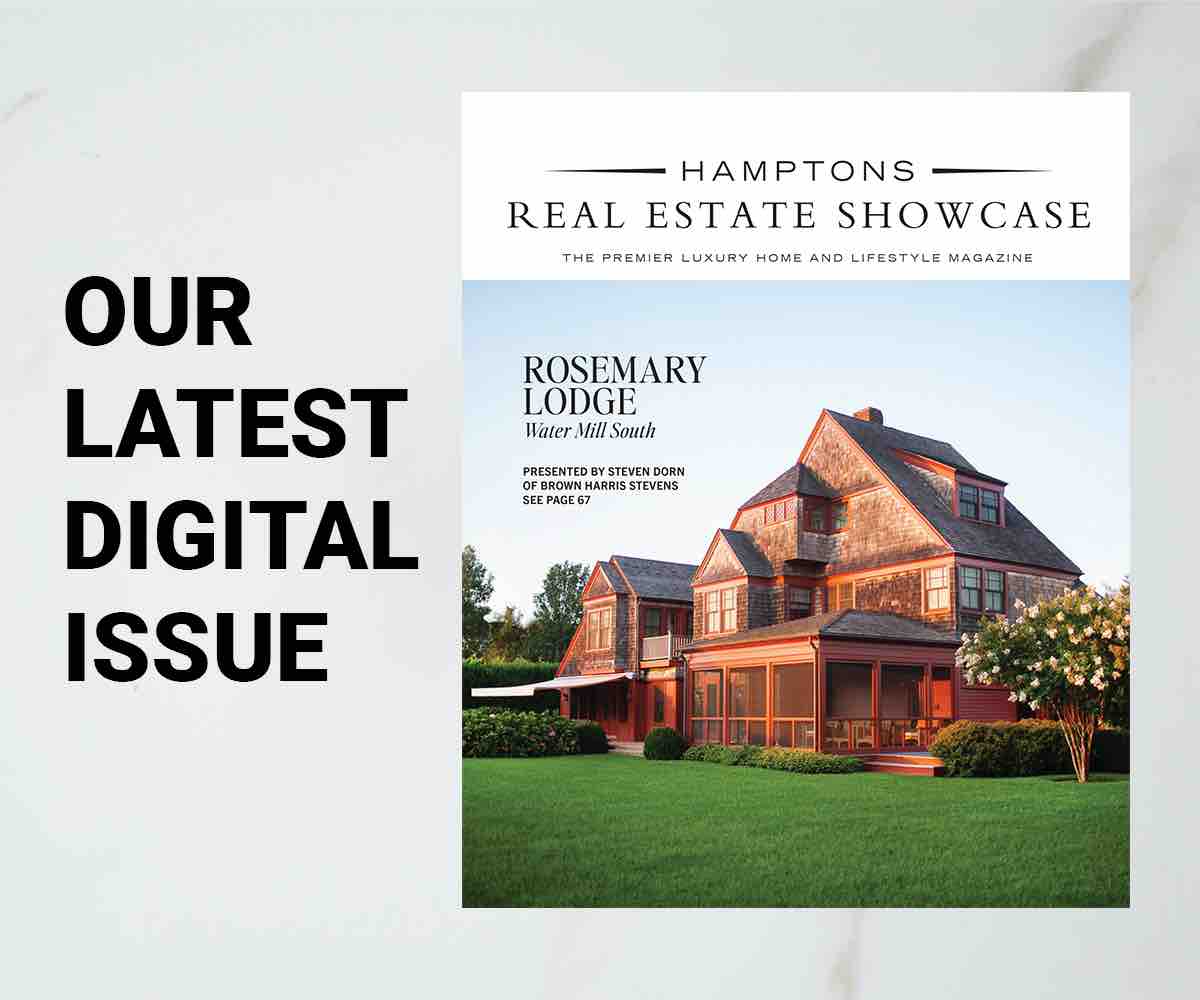7 Green Living Trends To Embrace In Your Home
Driven by the rising demand for sustainable and eco-friendly living and building solutions, “green living” is the trending catchphrase dominating the design and building industries while having significant implications for the future of construction and residential home design. As more people become interested in sustainability, homebuilders are responding with eco-friendly construction methods, materials, and designs.

To better understand what green living really means, let’s unpack different types of design/building which underpin the concept. “Passive” means using natural energy efficient design combined with the latest technology. Passive design techniques optimize the building orientation, thermal mass, window placement, and shading devices to minimize energy consumption for heating, cooling, and lighting. By contrast, “active” design strategies use purchased energy to keep a building comfortable using forced-air HVAC systems, heat pumps and electric lights. Active strategies also include renewable energy systems such as solar-electric and solar-thermal panels, wind turbines, and geothermal energy. A net zero building generates its own energy using clean renewable resources, in a quantity equal to or greater than the total amount of energy it uses over the course of a year.
The takeaway: green living and sustainable building practices reduce your carbon footprint by reducing waste, energy consumption and water consumption – and there are not insignificant monetary savings as well. Now comes the more difficult question: how can you embrace the green living trends in your current home? Here are a number of ways across multiple price points:
1. LED Lights:Replacing your incandescent light bulbs with LED bulbs is an easy and fairly inexpensive way to start to live the green life. LED lighting is an energy-efficient, cost-efficient, long-lasting, durable, and eco-friendly sustainable solution. A regular LED light, with moderate use, will last up to 10 years, or even longer. The manufacturing process of LED lighting is also environmentally conscious: unlike those Edison bulbs that are made using mercury, LED lighting does not contain toxic elements harmful to the environment and they’re 100% recyclable.
2. Sustainable Linens: Green living is not just about building materials and systems – it also encompasses the textiles you incorporate into your day-to-day life. At a much more modest price point, green living enthusiasts can purchase sustainable linens such as sheets, towels, tablecloths and napkins made of organic materials like bamboo. In addition to being eco-friendly, bamboo linens have become increasingly popular in recent years due to their soft, luxurious feel and antibacterial properties. Bamboo is naturally hypoallergenic, making bamboo linens perfect for people with sensitive skin or allergies. They’re also moisture-wicking and breathable, keeping you cool and comfortable throughout the night.
3. Energy Efficient Appliances and Systems: Looking to replace an old dishwasher, washing machine or dryer? Look for an energy efficient model with a good ENERGY STAR rating. Residential ovens, ranges and microwaves don’t get an ENERGY STAR rating; however, consider convection ovens, which typically use 20% less energy than a standard oven. A note for ranges: energy consumption can vary because of the cookware you use – make sure your pots are not warped, as warped pots could use up to 50% more energy to boil water. In the oven, copper-bottom pans heat up faster than regular pans; glass or ceramic dishes are more conductive than metal pans. Some other energy-efficient home upgrades include replacing windows with double panes and Low-E glass and using water-saving low-flow faucets and fixtures. Installing insulation and weatherstripping in areas that didn’t have them before, switching to a tankless water heater, and adding ceiling fans can also significantly impact overall energy consumption.
4. Smart Home Technologies: Many homeowners are going green through technology. Smart home automation usually controls temperature, security, and lighting. Smart thermostats – like the Ecobee Smart Thermostat, the Google Nest Learning Thermostat or the Amazon Smart Thermostat – allow you to regulate the temperature in your home through your mobile device and can learn your temperature and timing preference to maximize comfort and energy efficiency.

Smart lighting lets you adjust indoor and outdoor lighting remotely through a smartphone app or by using a control panel within your home. There are two categories of smart lighting: smart bulbs and smart switches. The most effective smart lighting setup in a home will likely be a mix of smart bulbs and smart switches controlled by a smart home platform such as Google Home, Apple HomeKit, Samsung SmartThings, or Amazon Alexa. You can program lights to turn on and off at certain times of the day, create schedules and routines based upon your convenience which serve to increase the security and safety of your home while minimizing energy waste.
A smart irrigation system can help save thousands of gallons of water (and hundreds of dollars) a year. Systems like Cyber-Rain are customizable to any size yard and allow you to monitor and adjust the system from any Internet connected device. Systems like Cyber-Rain conserve the earth’s precious water resource by checking the weather forecast for you and automatically adjusting the irrigation schedule when rain is detected. According to its website, Cyber-Rain users average a 35 percent reduction in water consumption.
Smart window treatment systems can help to reduce your home’s HVAC energy consumption by programming window shades or blinds to open or close depending on whether you need to keep the house warm or cool.
5. Indoor Plants: Using houseplants in your decor is a natural and cost-effective way of improving your home’s air quality, while simultaneously delivering a positive psychological boost – according to research in the Journal of Physiological Anthropology, having plants in your house can help you feel more relaxed, calm, and connected to nature. Create a “living wall” – a vertical garden which offers a refreshingly green space experience that functions as living wall art while providing all the benefits of nature.
6. Solar Panels: Solar panels are a great start to reducing your household’s carbon footprint — and are not as cost prohibitive as many think. Solar panels help generate clean and renewable energy, reducing reliance on fossil fuels and decreasing greenhouse gas emissions. Installation costs are continually decreasing and can be financed, and the ever-increasing upside value includes tax breaks and incentives as well as substantially lower electricity bills. According to Energy Sage, a solar panel marketplace, the average cost for a 5 kWh solar installation in Suffolk County comes in around $16,700 – before adjusting for the 30% federal solar tax credit, the NYS tax credit of 25% of the system cost up to $5,000, and other local sales and property tax exemptions. Further, in a process called “net metering”, solar owners can offset their electric bills for the excess electricity they transfer to the grid.
7. Tiny Homes: If you’re looking for a complete, green living lifestyle change, maybe the tiny home movement is for you! This movement advocates the reduction of living space and the overall carbon footprint while promoting a simplified lifestyle of living with less. Compared to building a normal-sized home, tiny homes provide sustainability at a much lower cost.








![Join us May 6th at The Harmonie Club for the Spring Salon Luncheon, a beautiful gathering in support of a truly meaningful cause. Together, we’ll raise critical funds and awareness for @campgoodgriefeeh—@eastendhospice’s summer bereavement camp helping children and teens navigate loss with compassion, connection, and healing. [link in bio]](https://hamptonsrealestateshowcase.com/wp-content/uploads/sb-instagram-feed-images/491527001_18506092897030135_3117653411609489602_nfull.webp)
![Welcome to this exquisite custom-built home in the prestigious Quogue South estate section, just moments from Dune Road and some of the world’s most breathtaking ocean beaches. Completed in 2024, this expansive shingle-style residence offers 6 beds, 7 full and 2 half baths, a separate legal guest cottage, heated gunite saltwater pool with spa, all set on a beautifully manicured 0.74± acre lot. Represented by @lauren.b.ehlers of @brownharrisstevens. [link in bio]](https://hamptonsrealestateshowcase.com/wp-content/uploads/sb-instagram-feed-images/491516869_18505931593030135_4655757731678000577_nfull.webp)
![Discover 11 Oyster Shores, a unique marriage of thoughtful design, uncompromised execution and meticulous craftsmanship expressed across nearly 6,000± sq. ft. of highly curated living space. Brought to life under the watchful eye of Blake Watkins, the visionary behind WDD, the project is a refreshing departure from the ordinary. Represented by @nobleblack1 of @douglaselliman. [link in bio]](https://hamptonsrealestateshowcase.com/wp-content/uploads/sb-instagram-feed-images/491440257_18505740808030135_9064730571228880657_nfull.webp)
![Reserve your ad space now in the Memorial Day “Summer Kick-Off” Issue of #HRES! 🍋 Be seen by high-end buyers and sellers across the Hamptons, Manhattan, and South Florida—just in time for the start of the season. Secure your spot today and make waves this summer 🌊☀️ [link in bio]](https://hamptonsrealestateshowcase.com/wp-content/uploads/sb-instagram-feed-images/491441694_18505573426030135_4475989184561040528_nfull.webp)

![Tuesday, April 15, was Tax Day for most, but for someone in Palm Beach, it was closing day! The nearly 8,00± sq. ft. Mediterranean-style residence at 240 N Ocean Boulevard, with direct ocean views and a private, 100-foot beach parcel, closed at exactly $26,670,750. The seller was represented by Jack Rooney of @douglaselliman and Elizabeth DeWoody of @compass while Dana Koch of @thecorcorangroup brought the buyer. [link in bio]](https://hamptonsrealestateshowcase.com/wp-content/uploads/sb-instagram-feed-images/491445351_18505056166030135_4907944420436119099_nfull.webp)
![Previously featured on our 2024 Columbus Day issue cover, 74 Meeting House Road has officially sold! This stunning new construction in Westhampton Beach offers the perfect blend of thoughtful design and timeless style. Congratulations to @kimberlycammarata of @douglaselliman who held the listing! [link in bio]](https://hamptonsrealestateshowcase.com/wp-content/uploads/sb-instagram-feed-images/491441951_18504901357030135_2664904795600183799_nfull.webp)
![Located South of the highway in Southampton this 4 bedroom, 5.5 bath multi-story property, offers extensive exterior architectural detail throughout. 60 Middle Pond Road offers breathtaking views and tranquil living, nestled along the serene shores of Middle Pond and Shinnecock bay. Represented by @terrythompsonrealtor @douglaselliman. [link in bio]](https://hamptonsrealestateshowcase.com/wp-content/uploads/sb-instagram-feed-images/491451873_18504686110030135_5284427082339135969_nfull.webp)
